EPA eGRID Program and Scope II Emissions Reporting (3 reports)
EPA eGRID Program Overview
The Environmental Protection Agency’s Emissions & Generation Resource Integrated Database (eGRID) is a comprehensive source of data on the environmental characteristics of almost all electric power generated in the United States. eGRID collects, analyzes, and distributes data on:
- Electricity generation
- Air pollutant emissions
- Emission rates
- Resource mix
- Other attributes of electric power plants
The database is updated periodically and provides this information at various aggregation levels, including individual power plants, electric utilities, states, grid regions, and nationwide. eGRID is widely used by policymakers, researchers, businesses, and individuals to understand the environmental impacts of electricity production.
Scope II Emissions
Scope II emissions are indirect greenhouse gas emissions associated with the purchase of electricity, steam, heat, or cooling. Unlike Scope I emissions (direct emissions from owned or controlled sources), Scope II emissions occur at the facility where electricity is generated, not at the facility using the electricity.
Key aspects of Scope II emissions include:
- They represent the largest source of GHG emissions for many organizations
- They’re calculated using emission factors, typically derived from eGRID data for US-based operations
- Two main calculation approaches exist:
- Location-based method: Uses average emission factors from the local grid where electricity consumption occurs
- Market-based method: Reflects emissions from electricity that companies have purposefully chosen through contracts or instruments like Renewable Energy Certificates (RECs)
Connection Between eGRID and Scope II Emissions
eGRID plays a crucial role in Scope II emissions reporting by providing:
- Region-specific emission factors that organizations use to calculate their electricity-related carbon footprint
- Data on the resource mix (coal, natural gas, renewables, etc.) of different grid regions
- Information that helps companies evaluate the environmental impact of their electricity procurement decisions
Organizations seeking to reduce their Scope II emissions often rely on eGRID data to identify regions with cleaner electricity and to measure the impact of switching to renewable energy sources or implementing energy efficiency measures.
Precision Carbon Intensity Analysis Across Electric Utility Networks
SRS delivers unparalleled granularity in carbon emissions analysis by calculating Carbon Intensity Ratios (CIR) for over 2,300 U.S. electric utilities. This comprehensive coverage provides crucial insights that standard regional averages simply cannot match.
Beyond Regional Generalizations
A single utility’s carbon intensity varies significantly across different NERC sub-regions due to fundamental differences in power generation profiles. This variation stems from:
- Diverse fuel mixes deployed across a utility’s geographic footprint
- Regional differences in power plant age and technology
- Varying renewable resource availability and implementation
- Sub-regional transmission constraints and interconnection characteristics
- Local regulatory environments influencing generation choices
Sub-Regional Precision Matters
While conventional approaches might assign a single carbon intensity value to an entire utility, SRS recognizes this masks critical differences. Our analysis captures how a utility’s environmental impact shifts across its operational territory, revealing that the same company may have dramatically different carbon profiles depending on specific location.
This sub-regional precision enables stakeholders to:
- Identify high and low-carbon intensity areas within a single utility’s service territory
- Make more accurate facility-level emissions calculations
- Develop targeted decarbonization strategies at the appropriate geographic scale
- Better understand the true environmental impact of electricity procurement decisions
By mapping these variations across all NERC sub-regions, SRS provides the detailed intelligence necessary for meaningful carbon accounting, risk assessment, and strategic planning in the rapidly evolving energy landscape.
